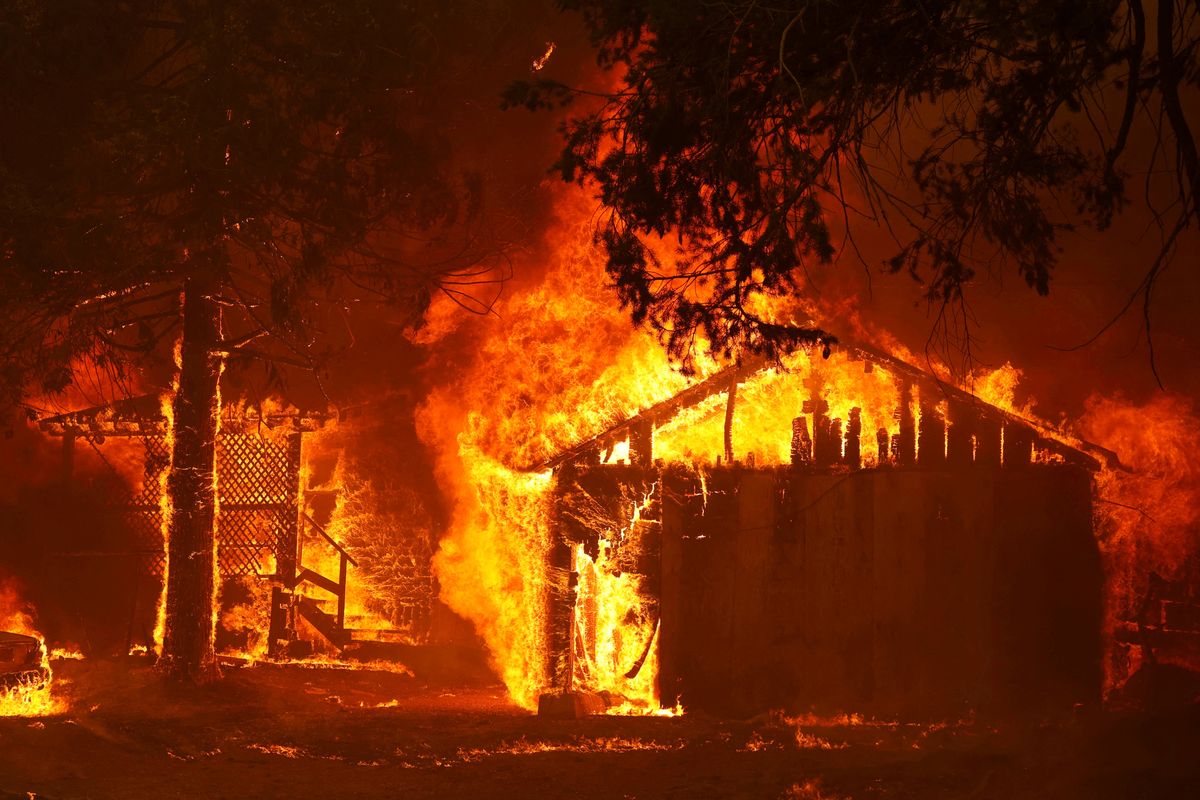How artificial intelligence could help us prevent mass forest fires
AI can be used to detect wildfires early enough to get them under control before they cause huge devastation.

A few minutes every morning is all you need.
Stay up to date on the world's Headlines and Human Stories. It's fun, it's factual, it's fluff-free.
Wildfires have been breaking records in 2023. Canada broke the record for wildfire smoke emissions released in a single year back in June. These wildfires are estimated to have released around 410 megatonnes of carbon emissions. The previous record? – 138 megatonnes. Apart from Canada, wildfires became a devastating force in Russia, Greece, Spain, Portugal and Hawaii this summer.
But, with climate change creating better conditions for wildfires to thrive on a global scale, what can we even do to curb our losses? It turns out artificial intelligence (AI) could be the answer.
AI can be used to detect wildfires early enough to get them under control before they cause huge devastation. And it can be adopted in a few different ways. For example, AI can be rigged onto satellites to detect fires from space. German startup OroraTech uses satellites to take thermal images, scanning them with the help of AI. “There are algorithms on the satellite, very efficient ones to detect fires even faster,” OroraTech CEO Thomas Gruebler said.
Or it can be outfitted into camera tech to better detect signs of smoke on a horizon in a more localized usage. These AI-enabled cameras look for “abnormalities” in the sky, notifying emergency command centers so that staffers can look to see if there is, in fact, smoke in the air.
Even Microsoft is getting in on the action, designing AI models to predict where the next wildfires could start. Microsoft's technology is being integrated into a wildfire detection tool developed by Canadian AI firm AltaML.
“Trained on a massive amount of historical fire data, the tool makes predictions based on regional weather and forest conditions,” explains Microsoft. “It also integrates data on global carbon emissions and the day of the week to learn correlations between wildfires, climate change and human behavior.”
AI-powered drones are another option. A Danish start-up called Robotto is developing high-tech drones to track and monitor wildfires in real time so that firefighters can get the most up-to-date data available.
Robotto co-founder and chief executive Kenneth Richard Giepel explains that “in the very early stages of a wildfire, those first moments are critical in making sure the wildfires are not running out of control. “With our technology, they can get an instant overview of where the fire is, how large it is, where it's most intense, and then allocate their resources."




Comments ()